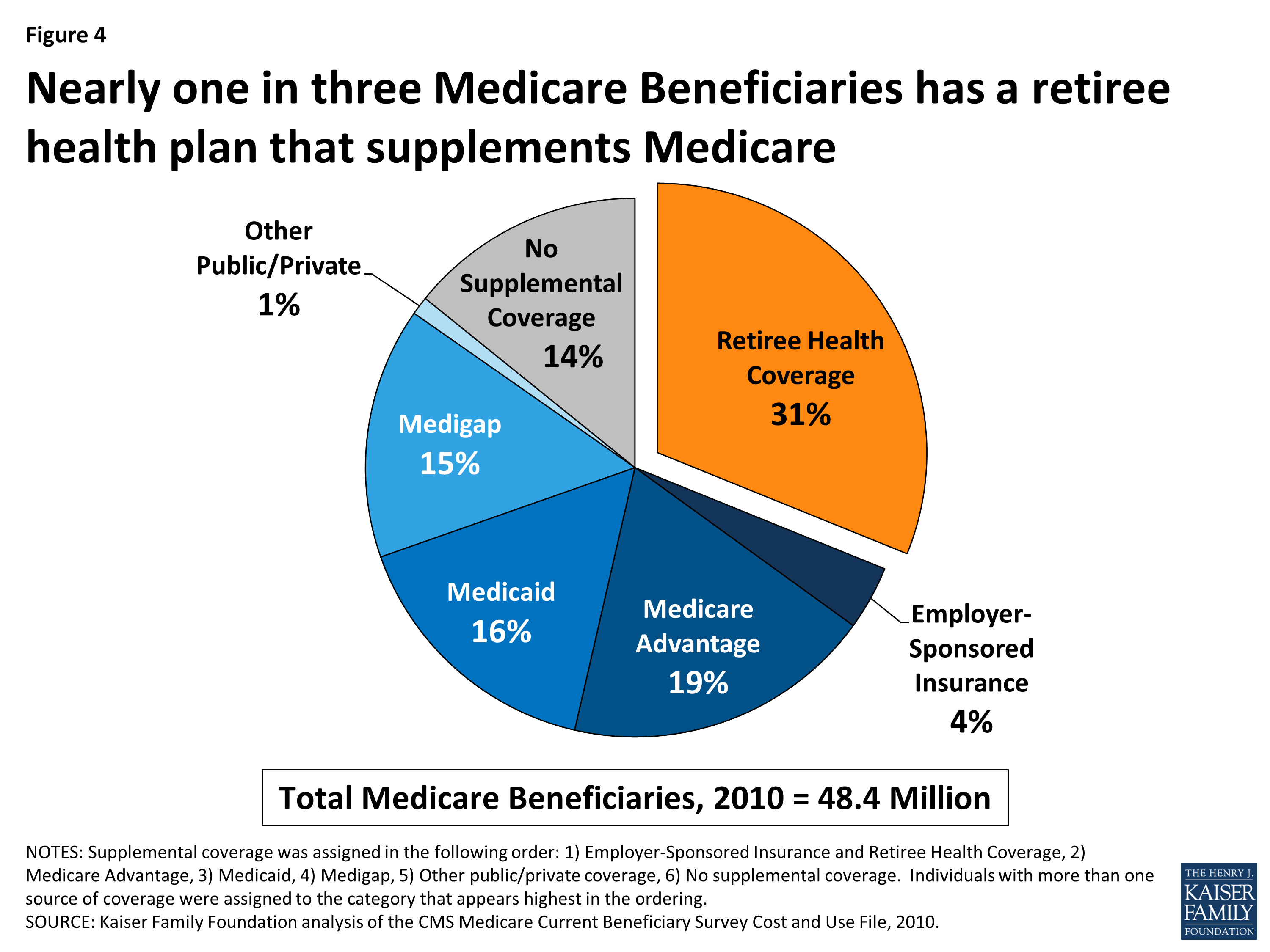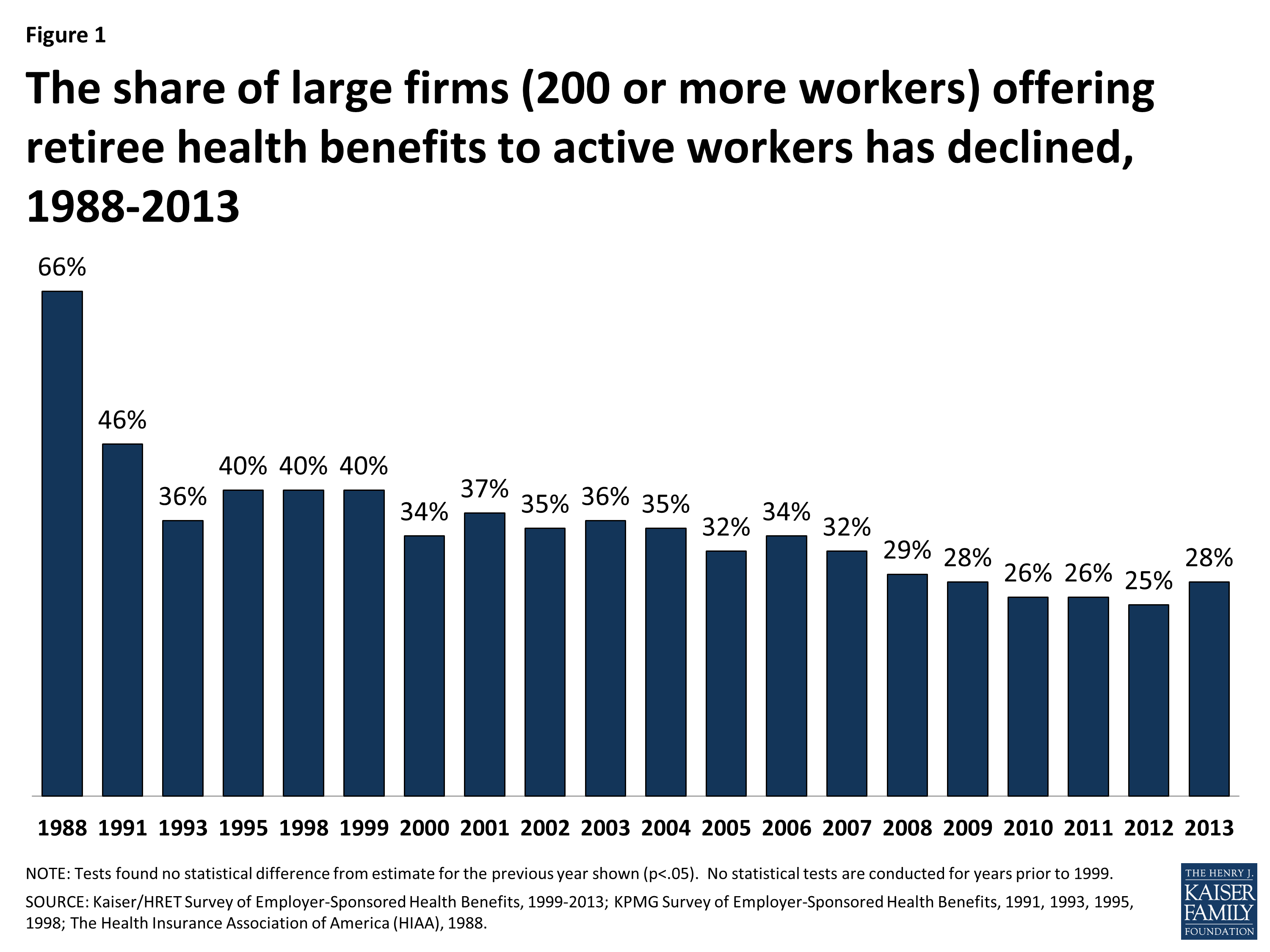Medicare Advantage Agent - The Facts
Table of ContentsExcitement About Medicare Advantage AgentThe Buzz on Medicare Advantage AgentThe Of Medicare Advantage Agent

follows from perplexing the relatively young age account of the without insurance with the better health and wellness, usually, of more youthful persons. This covers the web link in between health status and medical insurance. For those without access to work environment medical insurance, bad health is a prospective obstacle to buying nongroup coverage because such coverage might be very valued, exclude preexisting conditions, or be merely not available. The number of without insurance Americans is not particularly big and has actually not transformed over the last few years. 7 out of ten respondents in a country wide depictive study assumed that less Americans did not have wellness insurance than actually do(Fronstin, 1998). Roughly half(47 percent )believed that the number of individuals without health and wellness insurance decreased or stayed continuous over the last half of the last decade(Blendon et al., 1999). This decrease of virtually 2 million in the number of individuals 'without insurance coverage (a decrease
of about 4 percent)is definitely a positive adjustment. With a softer economic climate in 2000 the current reported gains in insurance coverage may not continue(Fronstin, 2001 ). The decline in the number of uninsured will certainly not continue if the economic climate stays sluggish and healthcare costs remain to exceed inflation. This is since the data were gathered for a period of solid economic performance. Of the approximated 42 million individuals that were uninsured, all however concerning 420,000(regarding 1 percent)were under 65 years old, the age at which most Americans end up being qualified for Medicare; 32 million were grownups in between ages 18 and 65, around 19 percent of all grownups in this age team; and 10 million were children under 18 years old, regarding 13.9 percent of all children (Mills, 2000). These price quotes of the variety of individuals without insurance are generated from the yearly March Supplement to the Present Population Survey (CPS), conducted by the Demographics Bureau. Unless otherwise noted, nationwide estimates of people without health and wellness insurance and proportions of the populace with different sort of insurance coverage are based on the CPS, the most widely made use of source of price quotes of insurance coverage and uninsurance prices. These surveys and the price quotes they yield are explained briefly in Table B. 1 in Appendix B - Medicare Advantage Agent. These studies vary in size and tasting approaches, the questions that are inquired about insurance
Medicare Advantage Agent Can Be Fun For Everyone
insurance coverage, and the moment duration over which insurance policy protection or uninsurance is measured(Lewis et al., 1998, Fronstin, 2000a ). Still, the CPS is specifically helpful since it generates yearly price quotes fairly promptly, reporting the previous year's insurance protection estimates each September, and since it is the basis for a constant collection of estimates for more than 20 years, allowing for analysis of patterns in coverage gradually.

The smart Trick of Medicare Advantage Agent That Nobody is Discussing
Over a three-year duration starting early in 1993, 72 million individuals, 29 percent of the united state populace, were without insurance coverage for a minimum of one month. Within a solitary year(1994), 53 million individuals experienced at the very least a month without coverage(Bennefield, 1998a). Six out of every 10 uninsured grownups are themselves utilized. Functioning does boost the likelihood that one and one's family members will have insurance policy, it is not a guarantee. Even participants of households with two full-time wage earners have practically a one-in-ten possibility of being uninsured (9.1 percent without insurance price)(Hoffman and Pohl, 2000 ). The connection between medical insurance and accessibility to care is well developed, as recorded later in this chapter. Although the partnership in between health and wellness insurance and health outcomes is neither direct nor easy, a substantial scientific and wellness solutions see page study literature links medical insurance coverage
to improved accessibility to More Bonuses care, far better quality, and enhanced personal and population wellness condition. The 2nd record, on personal wellness outcomes for without insurance adults, is represented by the innermost circle of the figure, while the third report, on family well-being, encompasses the subjects of the second record yet stresses a various system of evaluation, specifically, the family. The 6th report in the series will offer information about approaches and campaigns carried out locally, statewide, or across the country to deal with the lack of insurance coverage and its damaging effects. Levels of evaluation for taking a look at the effects of uninsurance. This discussion of health and wellness insurance protection focuses primarily on the U.S. population under age 65 due to the fact that practically all Americans 65 and older have Medicare or various other public coverage.
In addition, it concentrates especially on those with no medical insurance for any type of length of time. The issues encountered by the underinsured are in some areas comparable to those faced by the without insurance, although they are generally less serious. Uninsurance and underinsurance, nevertheless, include clearly different policy issues, and the approaches for resolving them might vary. Throughout this research and the five records to comply with, the major focus gets on persons with no health and wellness insurance and hence no aid in spending for healthcare past what is available with charity and safety and security net institutions. Health insurance coverage is an effective aspect impacting receipt of treatment due to the fact that both individuals and doctors react to the out-of-pocket price of solutions. Health and wellness insurance policy, nonetheless, is neither essential neither adequate to access to clinical services. The independent and direct effect of wellness
insurance coverage protection access accessibility health wellness solutions well establishedDeveloped Others will acquire the health care they require also without health insurance coverage, by spending for it expense or seeking it from providers who use care cost-free or at extremely subsidized rates. For still others, medical insurance alone does not make sure invoice of treatment as a result of other nonfinancial barriers, such as a lack of health treatment companies in their community, restricted accessibility to transport, illiteracy, or linguistic and cultural distinctions. Official research study concerning without insurance populations in the United States dates to the late 1920s and early 1930s when the Board on the Expense of Medical Care created a series of records about financing physician workplace sees and hospitalizations. This problem came to be salient as the numbers of medically indigent climbed up throughout the Great Depression. Empirical studies regularly support the web link between accessibility to care and enhanced health and wellness end results(Bindman et al., 1995; Starfield, 1995 ). Having a normal resource of care can be browse around this site taken into consideration a predictor of gain access to, as opposed to a straight measure of it, when health and wellness end results are themselves used as accessibility indicators. This extension of the concept of access measurement was made by the IOM Committee on Checking Accessibility to Personal Healthcare Services(Millman, 1993, p. Whether or not parents are insured appears to influence whether or not their kids get care along with just how much careeven if the children themselves have coverage(Hanson, 1998). The health and wellness of parents can impact their ability to care for their kids and the level of family members stress and anxiety. Bothering with their kids's accessibility to care is itself a resource of tension for parents. Three phases follow in this report. Phase 2 provides an overview of exactly how employment-based medical insurance, public programs and specific insurance plan run and communicate to offer considerable yet insufficient protection of the U.S. populace. This consists of an evaluation of historical patterns and public laws affecting both public and private insurance coverage, a conversation of the communications amongst the different kinds of insurance policy, and an evaluation of why individuals move from one program to an additional or finish up
